Epic Journey – Southampton, UK to South Africa by Bicycle
Having camped all my life and recently completed a solo cycle 1000 miles from Southampton to Inverness via the Brecon Beacons in the UK, I decided to do what every adventurer aspires to do and that’s go one better.
“I’m going to cycle from Southampton to South Africa,” I said. This was followed by laughs, looks of disbelief and a barrage of horror stories of what could happen or what has happened to a friend of a friend etc.
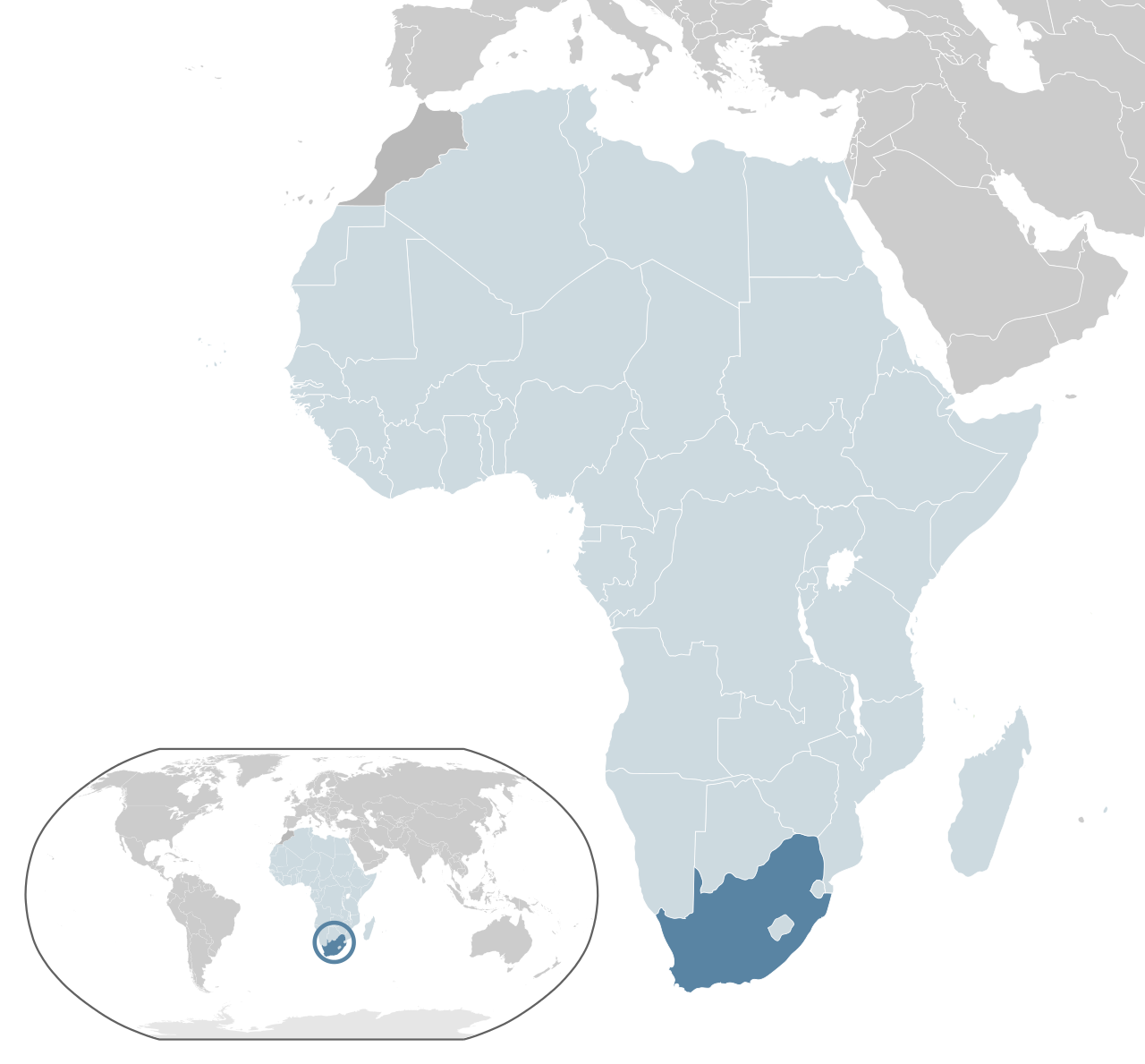
My trip took me through 24 countries through Europe and down East Africa across some of the most diverse terrain the planet has to offer. From below zero temperatures in a ski field just outside Davos, Switzerland, to over 40 degree heat in the Nubian Desert, Sudan. My trip definitely put myself and my equipment to the test.
Keeping my daily budget to a maximum (£10) I camped wherever possible and even with daily use over the majority of the 8 months, all the equipment bar the stove carry case withstood the test. The case did split due to the sharp feet of the stove but it was nothing a sewing kit couldn’t repair.
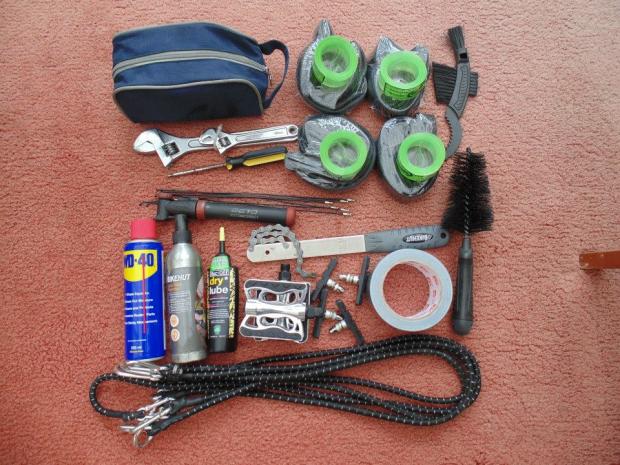
For shelter, I took an MSR Hubba HP. An ultralite, hub and swivel pole tent design, something I had never used before. From day one, I absolutely loved it. Easy to put up in the windiest of conditions, enough space for myself and three pannier bags (one bag was used as a pillow) and the porch was big enough to cater for the remaining bag and smelly footwear.
It is a thin, narrow design which meant that as long as it was positioned in the correct direction for the wind, structural integrity was maintained even in the heaviest of storms. Its size, shape and color also made it ideal for “stealth camping” in areas that I would rather go undetected.
As a bicycle tourer, you need to keep weight to a minimum without neglecting any vital features. At 1.36kg this tent was ideal for what I needed. As days rolled on and conditions and terrain varied somewhat, I got lazy a lot of the time with regards to setting up the tent to its full capacity. Guide ropes were left as mere decorations which did not really affect the stability of the tent at all. Due to my laziness, I was caught with a surprise overnight downpour and the inner lining would become stuck to the outer sheet but again, my fault, not the tents.
I would have to admit that I was not a fan of the pegs, they were too small and I didn’t think the hook was prominent enough to keep the tent at tension especially when camping on sandy ground. Thankfully I had pre-purchased longer traditional metal pegs which I relied on for the trip and left the stock pegs in the bag.
When properly set up and tensioned with the long pegs however, the tent worked exceptionally well. Without the outer sheet, the triangular vent on the inner lining provided a welcome breeze if there was one on a humid night and also helped with any condensation issues when covered with the outer sheet. A vent lower down by my head whilst I was sleeping would’ve been much appreciated during some of the really hot nights as being such a small tent, the atmosphere soon got sauna-esque.
If I were to have one more tiny gripe then I would say the slanted porch made it very hard to rebel against all tent/fire safety precautions and cook inside during poor weather. Thankfully for me on this trip though, I didn’t get much rain and so the porch was used just for extra storage for the majority of the time.
All in all, I would recommend this tent for anybody looking to do a similar adventure. From hot humid night to the odd torrential downpour, this lightweight tent easily stood up to the test!
Next on my bike of camping goodies was the MSR Mulit-fuel Whisperlite Stove. Now there comes a time at the end of the day after a hard trek, cycle or paddle where you just want to chill out with a mess tin of noodles, beans and Worcester sauce (if you’re lucky) and watch the sun set whilst listening to the birds say goodnight.
The best way for this is to make a fire but failing that, the Whisperlite stove is a decent alternative.
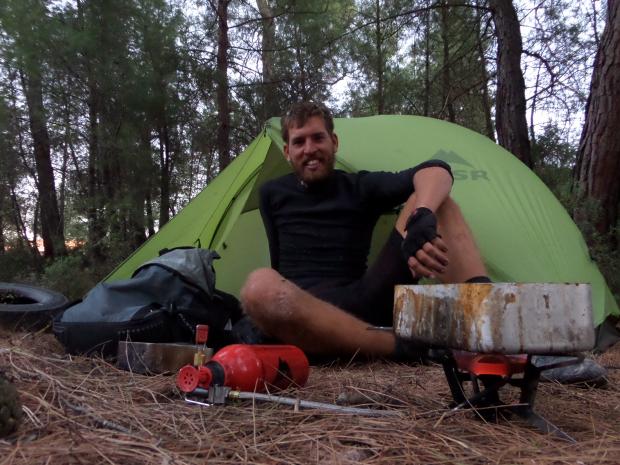
Every evening I would look forward to the process of building the stove back up again, readying it for dinner time and setting it to work. Its simple design meant that it was easily set up, compact and lightweight, making it an ideal stove for trekking or cycle touring.
Admittedly I didn’t have to change the nozzle at all to experiment with different fuels as petrol was widely available and the efficiency of the stove meant that i could travel for around a month and a half with 1 liter of fuel, using the stove almost every day. The stove also showed no issue with varying grades of petrol across Europe and Africa, efficiency was always at a maximum which made my end of day rest and recoup time that much more relaxing.
With regards to maintenance, I tried to clean the stove as much as possible, but with no tool to clean the line, I did notice a little build up of carbon in the lines causing the flames to splutter at low level cooking. This didn’t affect me directly as I was cooking at all or nothing but I do recommend the cleaning kit to ensure the longevity of the product.
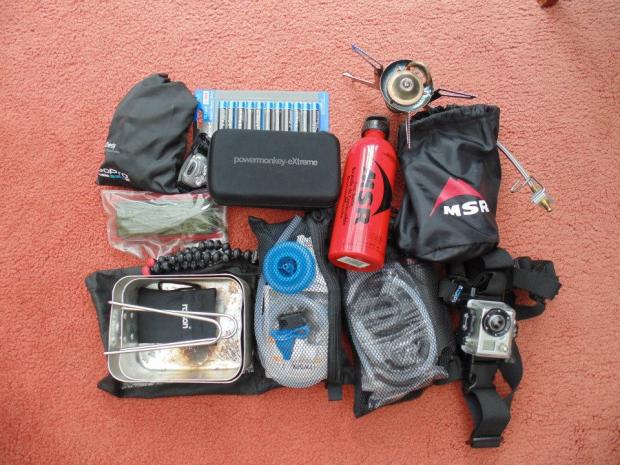
To ensure I was drinking safe water in some of the more remote areas of Africa I entrusted the Platypus Gravity works 2 liter kit. Having expected a hospital drip system I was shocked by how quickly it could filter 2 liters as it took literally seconds to fill a bag. Again, lightweight, easily set up and packed away, I have nothing but positives to say about this kit. For a week I used this kit to drink straight out of the notoriously bad waters of Lake Turkana on the Ethiopian and Kenyan border with no illness at all, that’s got to mean something!
Finding a place to hang the bag didn’t really cause much of a problem either because even if I couldn’t find a nearby tree etc, the speed in which it filtered the water meant that I was barely holding it aloft for any time at all. I am personally unsure of the lifeline of the filter and in future, I think it would probably be advisable to keep a rough idea of how many liters you’ve filtered. A lesson learned for myself.
Cycle touring or Cycle camping as an activity is a great way to take the load off your back but still venture off the beaten track into the unknown. Let the bike be your camel and enjoy all the sense of freedom you get from trekking but with the ability to travel greater distances if needs be.
My bike which I affectionately named Nigel was by no means expensive (£400) and not really made for touring, but he got me 10,000 miles and was laden with everything I needed to be completely self sufficient. Some have traveled a lot heavier than myself and some lighter (which is my next aim) but for a first big trip I believe I managed pretty well with the equipment shown.

I really can’t say that if I did the ride again, I would want any more from the equipment provided or the rest of the gear I packed. I left a few items of clothing behind and got used to living with just two of everything but only one pair of shoes and trousers. My next trip I will definitely splash out on the lightest sleeping bag possible as my extremely old Gelert sleeping bag weighed a ton but other than that, all’s well that ends well.
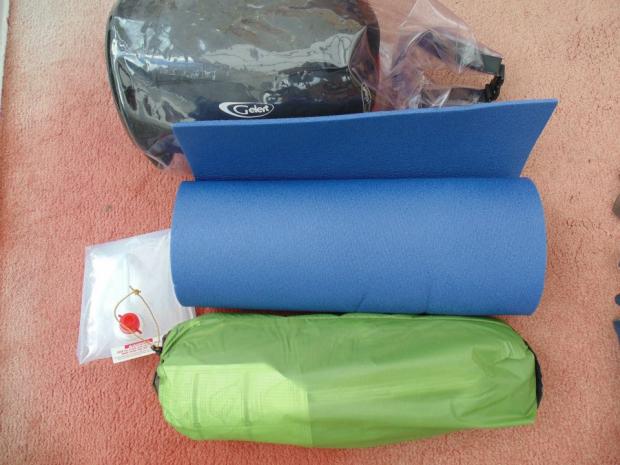
Many thanks to Chris Harding and Bushcraft UK for supplying this article.
If you liked this article let us know on our Outdoor Revival FaceBook page by leaving a comment.
If you are a keen outdoors person and enjoy making things or developing your camping skills we’re always on the lookout for new content, if you would like to submit to us then please get in contact via our FB page, we’d love to hear from you and we’re always looking for good quality articles.
Outdoor Revival – Reconnecting us all to the Outdoors





